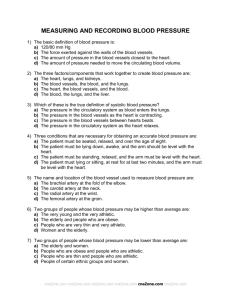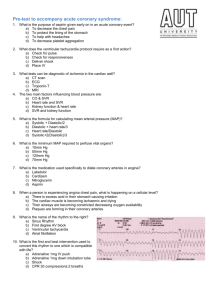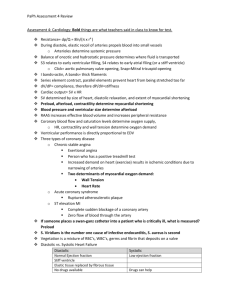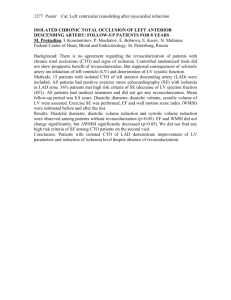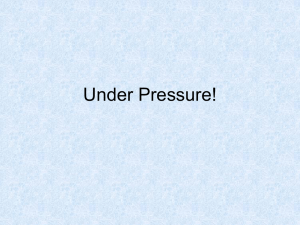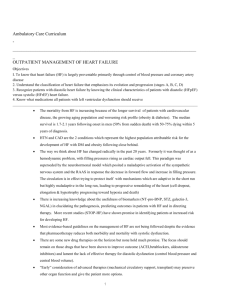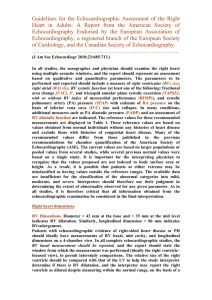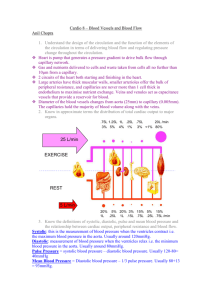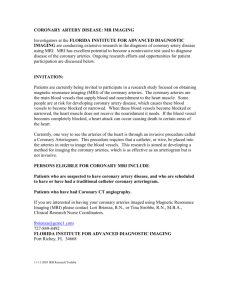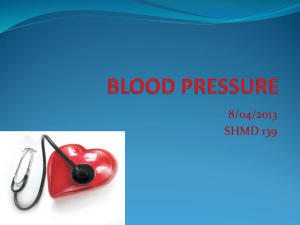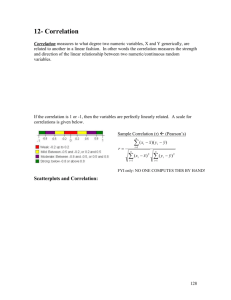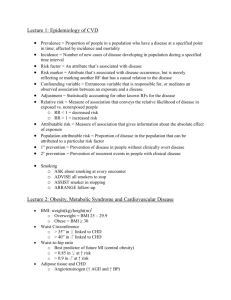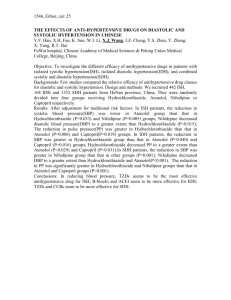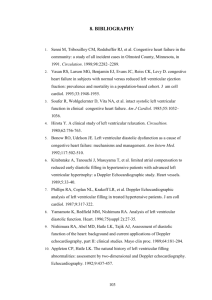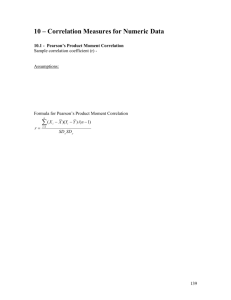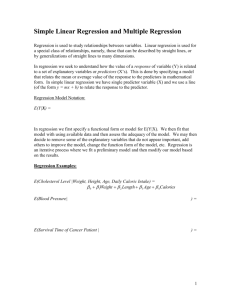Blood Pressure
advertisement
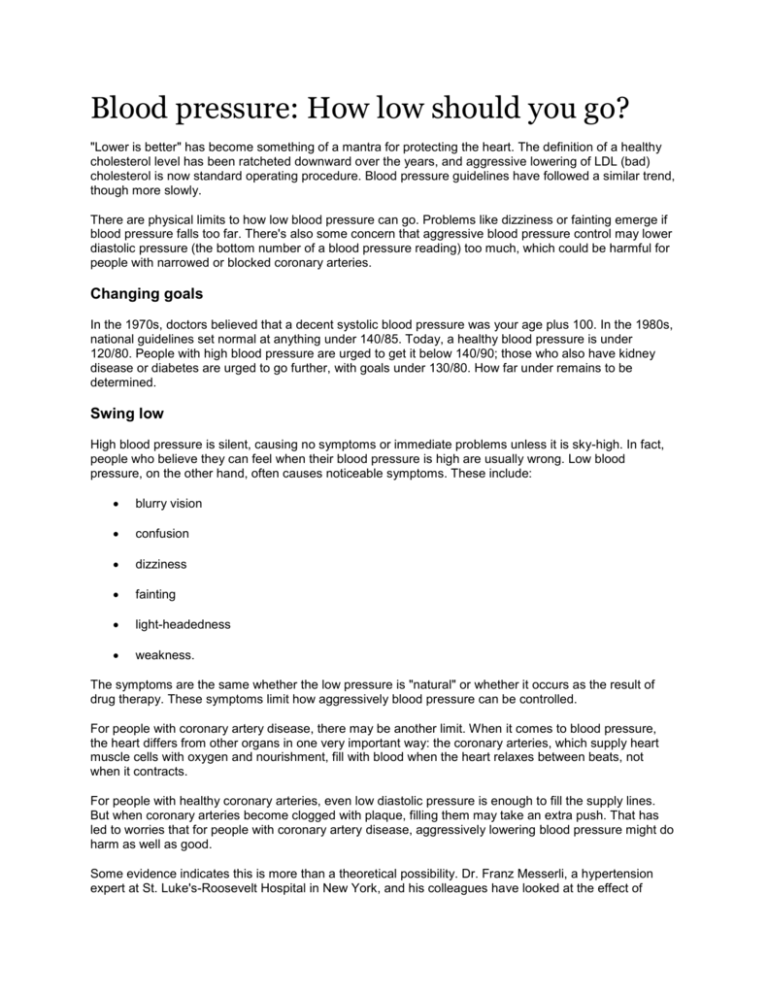
Blood pressure: How low should you go? "Lower is better" has become something of a mantra for protecting the heart. The definition of a healthy cholesterol level has been ratcheted downward over the years, and aggressive lowering of LDL (bad) cholesterol is now standard operating procedure. Blood pressure guidelines have followed a similar trend, though more slowly. There are physical limits to how low blood pressure can go. Problems like dizziness or fainting emerge if blood pressure falls too far. There's also some concern that aggressive blood pressure control may lower diastolic pressure (the bottom number of a blood pressure reading) too much, which could be harmful for people with narrowed or blocked coronary arteries. Changing goals In the 1970s, doctors believed that a decent systolic blood pressure was your age plus 100. In the 1980s, national guidelines set normal at anything under 140/85. Today, a healthy blood pressure is under 120/80. People with high blood pressure are urged to get it below 140/90; those who also have kidney disease or diabetes are urged to go further, with goals under 130/80. How far under remains to be determined. Swing low High blood pressure is silent, causing no symptoms or immediate problems unless it is sky-high. In fact, people who believe they can feel when their blood pressure is high are usually wrong. Low blood pressure, on the other hand, often causes noticeable symptoms. These include: blurry vision confusion dizziness fainting light-headedness weakness. The symptoms are the same whether the low pressure is "natural" or whether it occurs as the result of drug therapy. These symptoms limit how aggressively blood pressure can be controlled. For people with coronary artery disease, there may be another limit. When it comes to blood pressure, the heart differs from other organs in one very important way: the coronary arteries, which supply heart muscle cells with oxygen and nourishment, fill with blood when the heart relaxes between beats, not when it contracts. For people with healthy coronary arteries, even low diastolic pressure is enough to fill the supply lines. But when coronary arteries become clogged with plaque, filling them may take an extra push. That has led to worries that for people with coronary artery disease, aggressively lowering blood pressure might do harm as well as good. Some evidence indicates this is more than a theoretical possibility. Dr. Franz Messerli, a hypertension expert at St. Luke's-Roosevelt Hospital in New York, and his colleagues have looked at the effect of reducing blood pressure in two large clinical trials. In both trials, lowering pressure was a good thing for people with coronary artery disease-up to a point. Participants whose diastolic pressure dropped into the 70s or 60s were more likely to have heart attacks than those whose diastolic pressure stayed above that level. The two studies aren't smoking guns. Neither was done to explore the relationship between low diastolic pressure and cardiovascular risk. It is possible that other diseases or factors could account for the difference, and that diastolic pressure is a red herring. So now what? A definitive answer about the best goal for diastolic blood pressure is several years down the road. The ongoing Action to Control Cardiovascular Risk in Diabetes (ACCORD) trial is looking at the effect of lowering systolic blood pressure below 120 in people with diabetes, which will almost certainly drive diastolic pressure below 80. And the National Heart, Lung, and Blood Institute is planning the nine-year Systolic Blood Pressure Intervention Trial (SPRINT). This trial will randomly assign volunteers with high blood pressure to systolic pressure goals of under 140 or under 120. What to do in the meantime? "It's reasonable for people with clear-cut coronary artery disease and high systolic blood pressure to exercise caution so they don't lower diastolic blood pressure too much," says Dr. Aram V. Chobanian, president emeritus of Boston University and past head of the panel that set federal blood pressure guidelines. That means working hard to bring your systolic pressure under control (to 140 or so) while keeping an eye on your diastolic pressure. It's especially beneficial if you include exercise in doing this, since it offers improvements far beyond blood pressure. Focus on high While low diastolic pressure may be a conundrum, high blood pressure is a problem of monumental proportions. An estimated 73 million Americans have high blood pressure, and one-third of them don't know it. The majority don't have it under control. That's worrisome, because high blood pressure is the cause of two-thirds of all strokes and half of heart attacks and other forms of coronary artery disease, and contributes to heart failure, kidney disease, vision loss, and even dementia. Don't let the possibility of harm from low diastolic pressure divert you from the proven benefits of getting your systolic pressure under control.


